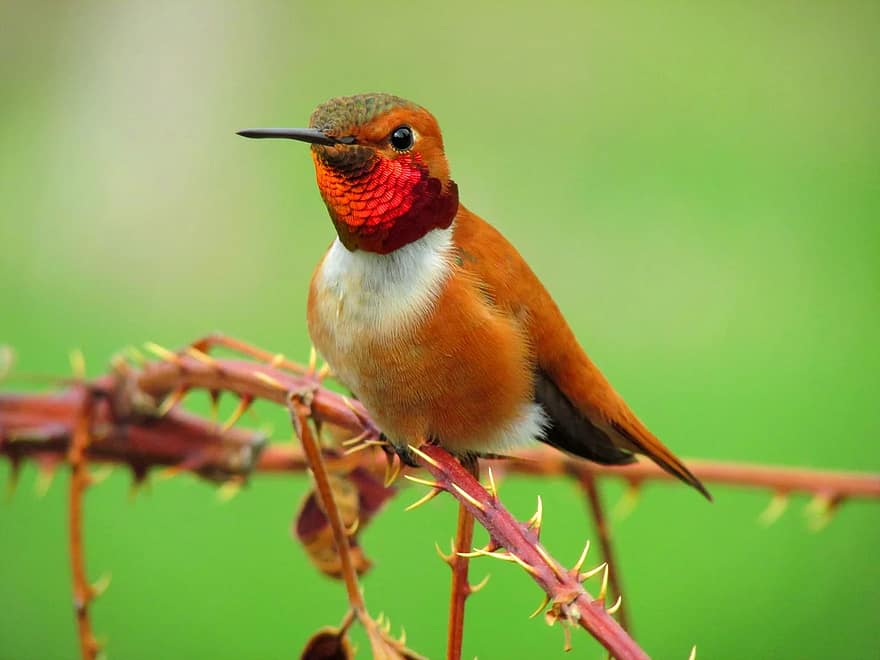There’s a special poetry in the names of birds: Barrow’s Goldeneye, Cinnamon Teal, Savannah Sparrow, Snow Bunting, Loggerhead Shrike. It’s no wonder people become captivated by bird watching: describing the names of those you’ve spotted is a joy onto itself. It’s as if the words themselves are colourful enough to take flight.
Birdwatching in Castlegar has seen a surge in popularity over the past five years and not just because technology such as binoculars and cameras are better and cheaper than ever before. Rather, Castlegar is a gem in the birding world that people are just now starting to discover. In the past, the Okanagan and Lower Mainland of British Columbia were considered the hotspots for birders: they are on the migratory paths of many species, they offer a variety of habitat from wetlands to fields to forests, and many birders live there and share their findings with others. The town of Creston in the East Kootenay is also considered a hotspot for the above reasons. But thanks to a web-based app called eBird and dedicated local birders such as Craig Sandvig , pictured below, Castlegar is quickly proving to be a hotspot in its own right and the number of species seen here has reached 234, and that’s just on the Selkirk College Trails!

The app eBird is known by all birdwatchers as a tool to help both amateur recreationalists and scientists track species. Users note what bird they saw when and where and that information is made available to everyone else. “Castlegar wasn’t really on anyone’s radar until people started recording their findings on eBird over the past seven years or so,” says Sandvig. “Ten more species and we’ll be in the top five birding destinations in the province.”
Sandvig grew up in Chile, where he first got into birdwatching, and moved to Castlegar 12 years ago. Since then he’s been responsible for documenting 228 species of birds in the city including an endangered Loggerhead Shrike earlier this month, a bird that is mainly found on the Canadian prairies and Ontario. He’s also spotted a Lucy’s Warbler (a Canadian first), a Grasshopper Sparrow (a first in the Kootenays), and an Anna’s hummingbird, which is usually only seen in the Lower Mainland. “Castlegar is an excellent spot for birding because it’s at the confluence of two rivers and is located in a migration tunnel, Sandvig says.

Top: A Rufous hummingbird is commonly seen in Castlegar. Above: The breeding grounds of the Barrow’s Goldeneye are found near the Mel DeAnna Trail.
Steve Ogle agrees. The West Kootenay birder and professional photographer says Castlegar is an oasis “in a sea of forest, so when birds spot the rivers, grasslands and other open areas, they tend to stop over.” The 15 kilometres of trails around Selkirk College is one of his favourite birding locations as well as the bench of land above Waneta Dam, 45 kilometres south of the city. “It’s like a mini-Okangan there,” he says.
Below are the areas Sandvig and Ogle recommend for the best birdwatching in Castlegar. Remember, the best time to see birds is in the early morning and especially after a storm when some species typically not seen in the area are blown off course. May and September are the best months of the year to see migrating birds but there are many species that can be spotted during the winter months as well and you can learn more about those in our article “Family Fun: Spot These Birds in Castlegar This Winter.“

The Best Birdwatching Spots In Castlegar
Selkirk College Hiking Trails
According to birdwatchers the 15-kilometre-long trail network around the Selkirk College campus in Castlegar is one of the best places in the entire Kootenay region to see a variety of birds. In fact, 234 different species have been recorded there in the last five years including owls (like the Northern Pygmy owl pictured above), flycatchers, sparrows, waxwing, grosbeak, sapsuckers and so many more.
Waldie Island
Not only is Waldie Island a great hiking spot it’s also a protected Blue Heron bird sanctuary known as the Waldie Island Heron Reserve. In addition to herons you’ll find many other kinds of water birds, from gulls and geese to swans and even an American White Pelican has been spotted there.
Syringa Provincial Park
Syringa Park has one of the few remaining grassland ecosystems in the Kootenays and as such you’ll find many different species here including white-throated swifts, canyon wrens nesting in the rock bands, vultures and plenty of water birds along the shoreline.
Mel DeAnna Hiking Area
The Mel DeAnna is a beautiful, shaded hike that loops around Champion Ponds and is a great trail for birdwatchers as you’ll find both forest species such as flycatchers here as well as plenty of ducks and and other waterfowl such as the Barrow’s Goldeneye, which has its breeding grounds in this area. Be sure to take some of the side trails to the cliff edge (watch your footing) and you’ll see raptors and other large birds soaring on thermals above the Columbia River.
Dove Hill
This is one of Castlegar’s most popular hikes because of the incredible views it offers. The Dove Hill trail also offers plenty for the birdwatcher too. You’ll find bluebirds, buntings, towhees and at the apex you’ll find a great spot to watch raptors including eagles, falcons, buteos, ospreys, accipiters and vultures.

